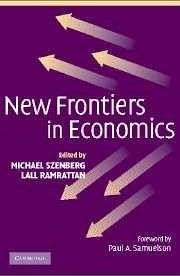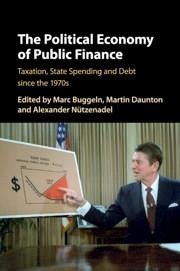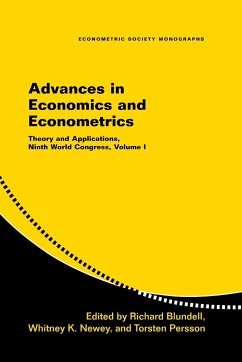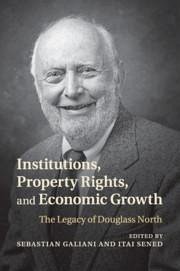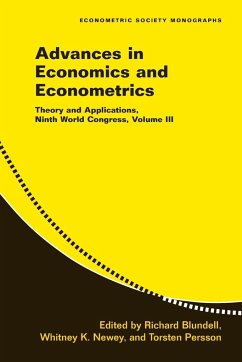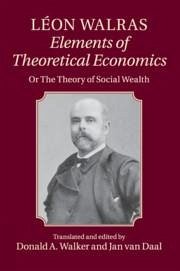
Léon Walras
Elements of Theoretical Economics
Übersetzer: Walker, Donald A; Daal, Jan van
Versandkostenfrei!
Versandfertig in über 4 Wochen
59,99 €
inkl. MwSt.
Weitere Ausgaben:

PAYBACK Punkte
30 °P sammeln!
The third edition (1896) of Leon Walras' Elements of Theoretical Economics has been given a new translation for three reasons. First, this edition is Walras' best theoretical work. Second, the two subsequent editions contain new elements that spoil his previous work. Third, William Jaffe's translation (1954) of the last edition is now outdated in view of recent research on Walras' ideas.







